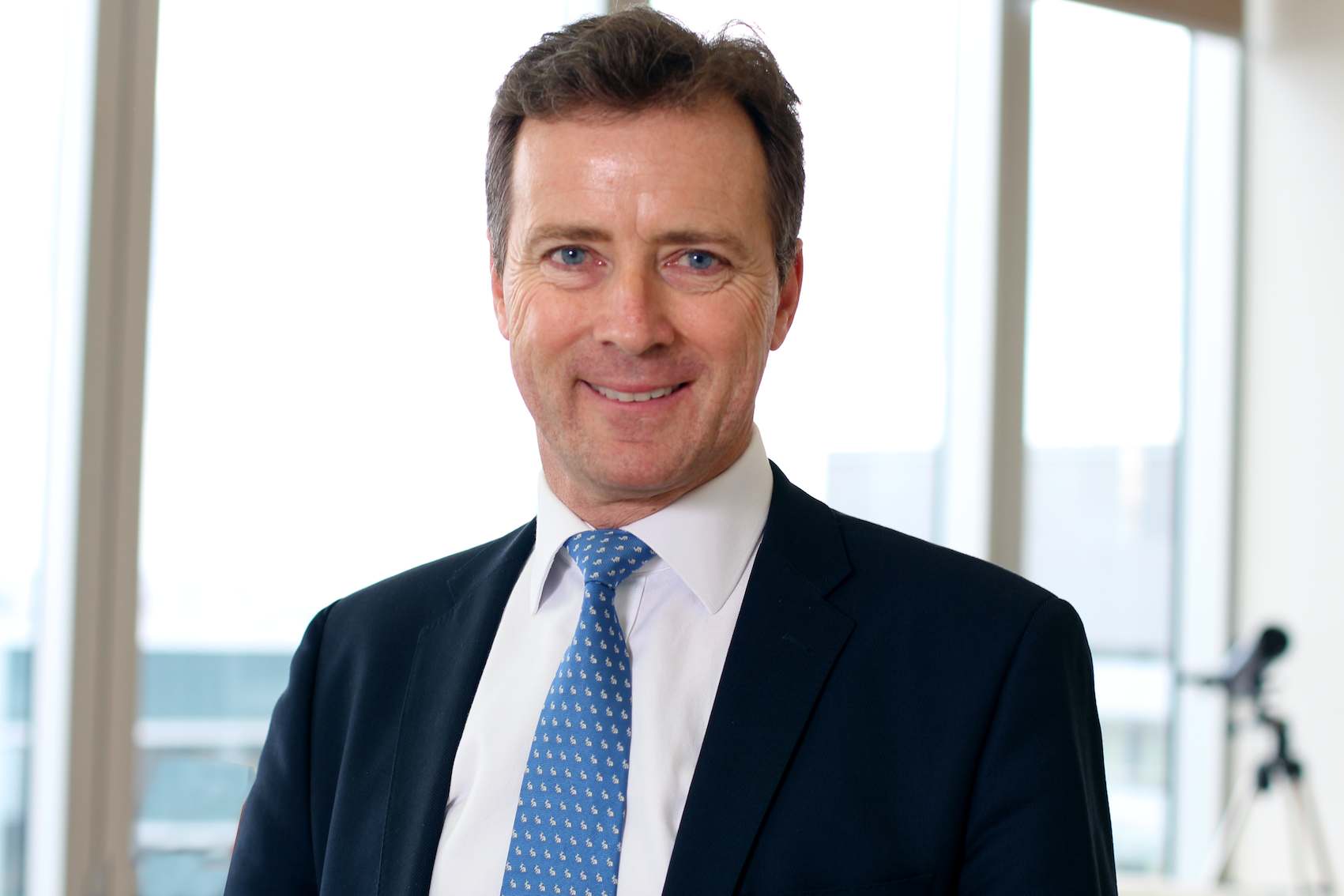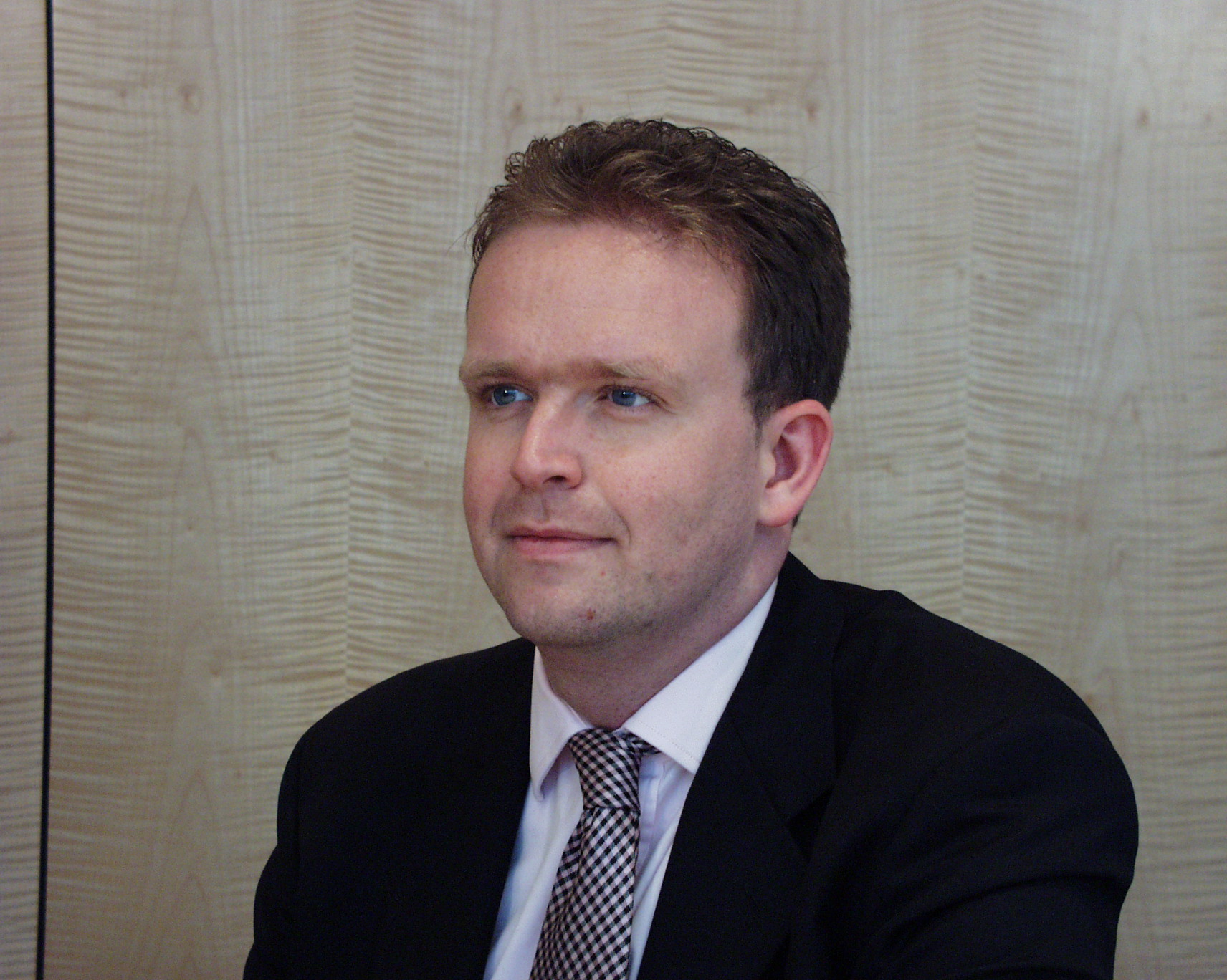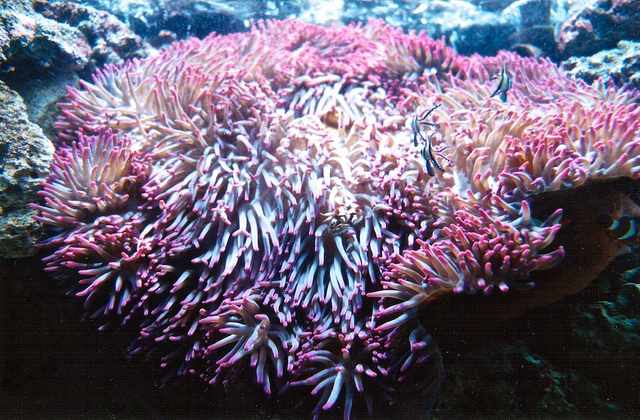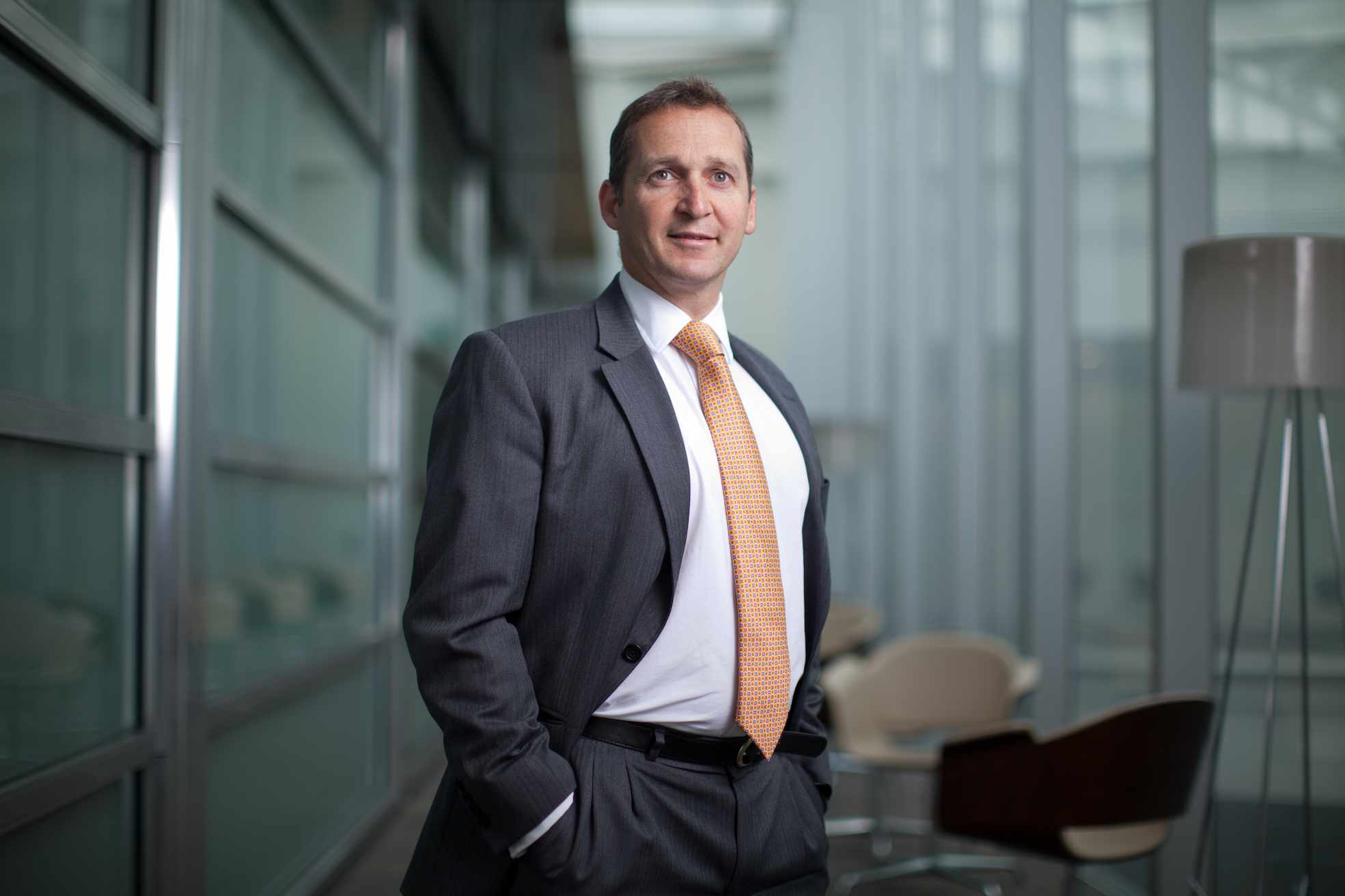If we compare today’s Henderson Global Investors with the one of a few years ago, the image is almost unrecognizable. Since its origins as a UK based management company dedicated almost exclusively to the management of European assets, and focused on a more local (or, at most, continental) investor, the company has been immersed for the past few years in a process of strong changes which have transformed it into a global manager with a base of international investors and a distribution footprint that spans the globe, from Chicago to Singapore or Hong Kong (with a few exceptions, such as the African market). In fact, it has more than 900 employees in 19 locations around the world, spread across Europe, USA and the Asia-Pacific region.
Its acquisitions led it down this path of growth, internationalization, and business diversification: it bought Gartmore in 2011, providing it with a powerful basis for managing alternative assets; in 2013 it acquired a holding in 90 West AM, the Australian management company which specializes in natural resources; That same year it bought H3 Global Advisors, specialist in alternative raw materials and also Australian; and a year later it acquired the American company Geneva Capital Management, (specializing in growth stocks of small and mid cap). All of the above acquisitions aimed at not only diversifying their assets, but also at becoming a truly global player.
And in that vein, its medium-term objective is to build an investment infrastructure and also a global front office, as was explained by Greg Jones, head of the management company’s retail distribution for EMEA and Latin America, during an interview with Funds Society. “About five years ago we hardly had any business at all outside the UK,” he says; but now things have changed a lot.
One of the clearest pillars in that desire for globalization is in the US: “The United States is the market with the greatest savings; we started 12 years ago through a purely organic growth built around three equity strategies. It is a market where it is difficult to compete, so you have to offer something different, and therefore, we focus on the international stock market.” Currently, their plans are not just to maintain strong organic growth, but also to build a true “management factory” in the country, in line with the strategy set in recent years to build distribution capabilities on a global basis and aligned with the management company. “We want to build front offices and have local distribution capabilities,” he explains. In this regard, Jones anticipates that they will shortly hire a person in Miami to develop their plans and cover the US offshore market.
The fact is that Henderson GI is strongly committed to the US offshore market, one of its major areas of interest. “For a Latin American entrepreneur, these markets are more stable from a political point of view, and therefore, it’s natural to mobilize towards offshore centers in the US, and not just in Miami” the expert points out.
Overall, their plans are to hire over twenty people during the next few years, most of whom could join between 2015 and 2016, in order to meet the objectives of its strategic plan, which aims to double the company’s assets under management in 2018 (assets under management in 2013 amounted to 76.6 billion Euros). The company aims to have a balanced base and grow both institutionally and in distribution.
Latin America: another key element of this journey
Besides the US, Latin America is another key point in this global journey, where GI Henderson’s business, which they seek to increase fivefold in approximately the next five years, has evolved considerably since attracting its first client, whose fortune was generated in the region’s railroad business. “Two and a half years ago we had no assets in South America and we now have 2 billion. In five to six years, our plans are to have 10 billion,” he explains, very confident in the growth potential offered by the region.
What are the reasons behind such confidence? “It is an attractive market because it is very open, to me it is more attractive than Asia,” says Jones. “It is more modest in terms of assets under management, but the investor base is more Europeanized, due to its history. Furthermore, the time horizon of investment in Asia is shortsighted, and turnover is higher than in Europe or South America,” he explains. Other factors supporting Latin American history reside in demographics and compulsory private pension savings in some countries; and also in their lack of capabilities. “The capabilities in equity management, especially in European and global equities, are still very low in the region and there we see an opportunity to present our range of international equities at a very early stage,” says Jones.
Within the pension market, Chile is the management company’s greatest client and its priority, due to its attractive policy and regulatory framework, market size, and openness. Jones also highlights the exciting opportunities in Peru and Colombia: in Peru, Henderson GI is the active management company with the greatest presence in their pension funds. Yet, the interest in passive management, which is taken strategically when in their opinion it should be tactical, is increasing in these markets. Their plans also include the Mexican Afores. However, taking into account that the institutional and pensions market in LatAm is a more volatile market than retail, the success of the management company is to also reach that distribution client and achieve sustained growth within this segment, which is something they are accomplishing.
To continue growing in LatAm, the company has partners in different markets such as Santander, which through its Select range distributes Henderson funds in countries like Mexico or Brazil. And, according to Jones, Brazil has now been completely sidelined in its list of priority markets: “There are many management companies which are closing down; in order to succeed in that market you have to compete with high domestic interest rates and if you can’t, there is no point. Moreover, it is a very closed and complicated market; we are in no rush to get there”.
An array of unique products and a diverse range
In order to achieve his objectives, the expert does not lose sight of the idiosyncrasies of their investors and their various demands. “In Latin America the investor primarily seeks growth, used to investing in their local markets and with the emerging bias: growth will be the theme that dominates during the next five to ten years.” Meanwhile, in Europe, the issue of income is stronger, like in the US, where there is high demand for vehicles that offer high dividends, as the population ages. “But in Latin America the investor is younger, has to save for a mandatory pension fund, and there is a large structural support for investments that seek long-term growth,” explains Jones.
The fact is that another of Henderson Global Investors’ major changes in recent years has been the diversification of its product range: from equities (which accounted for 99% of its assets in 2009) to a much wider range (in which the weight of equities representing around 60%, and wherein the fixed income products (with around 22% and strengthened capacities), multi-asset, and alternatives have gained weight, a trend that will continue in the coming years). Therefore, Henderson GI has gone from a phase in which they were more focused on investment at European level (and equity) to another in which they are seeking to add value by investing in all types of markets from global equities to bonds or emerging market debt.
“There are management companies which, with the good performance of a fund, they gain trust and are given the benefit of the doubt when launching new products, even though there may not be a history of returns. We are not at that point yet, although 83% of our funds beat their benchmarks with a horizon of three years and we are building the distribution infrastructure required” said Jones, who aims to be given the benefit of the doubt when innovating. Something they do often through a process which has changed in recent years (the generation of the idea can come from managers or the sales team, and before its release has to pass through the Product Strategy Group as well as through an implementation committee) .
That innovation was very strong in 2014, with the launch of a global equity fund focused on income (a segment where they could generate more products), another of global natural resources (under the belief that long-term inflation and growth of the population will increase the demand for natural resources); and several credit funds, including one focused on the emerging world, an area “that still offers value.” Looking ahead, according to Jones, product innovations could focus on segments of global emerging debt, equities (both in Europe and Latin America) and liquid alternative products (in the institutional space).
And, all through active management. “Active management does not try to beat a benchmark every single day … it’s about strategic long-term investments, while passive management is more tactical and short-sighted. We have to educate investors in this,” he adds.





 For Alicia Miguel Serrano
For Alicia Miguel Serrano